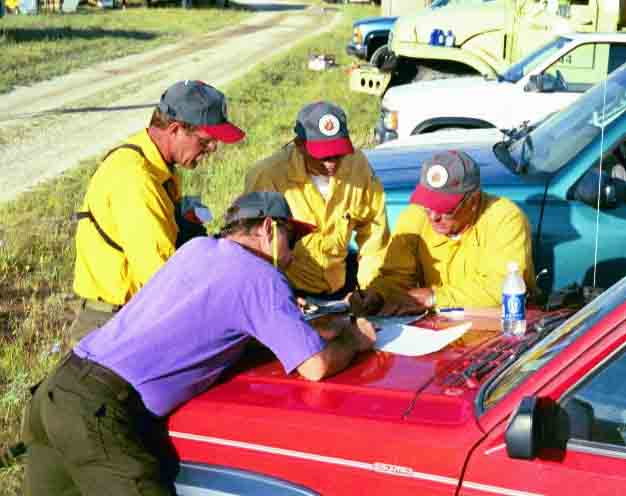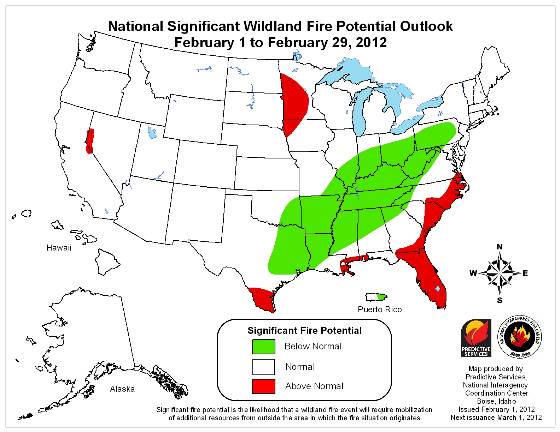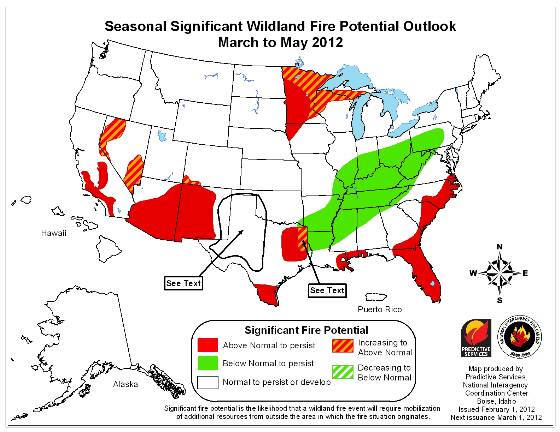
Update at 11:37 a.m. MT, February 9, 2012
The other ten P2Vs passed the inspections.
Update at 4:52 p.m. MT, February 8, 2012
The Federal Aviation Administration has issued an Emergency Airworthiness Directive (EAD) that requires inspections of P2V aircraft after a large crack was found in a wing spar and skin on one of Neptune Aviation’s P2V-7 air tankers. The EAD, intended for the owners and operators of Lockheed P2V aircraft, says the 24-inch crack propagated through the wing front spar web, lower chord, and wing lower skin. The FAA is requiring “a detailed inspection for cracks, working fasteners, and other anomalies, including surface damage in the form of a nick, gouge, or corrosion; and repairing if necessary.”
We talked with a spokesperson for the FAA who told us that their agency does not “ground” aircraft, however the Emergency Airworthiness Directive requires that inspections of the P2V air tankers be completed within one day of the operators receiving the notification. Then they must report to the FAA the findings, positive or negative, of the inspections.
We will update this article when we have more information.
This affects all of the large air tankers that are under a standard U.S. Forest Service exclusive use contract. All 11 of them are P2Vs — nine operated by Neptune and two by Minden. In 2002 there were 44 large air tankers on USFS contracts.
One additional air tanker not affected is the jet-powered BAe-146 which is being flown by Neptune under temporary “interim” approval from the Interagency Air Tanker Board. After a year of testing it was granted “interim” approval status last fall and is being considered for full approval. The last we heard it was out of service and undergoing a major scheduled maintenance at the Tronos facility on Prince Edward Island in Canada. Minden also has a BAe-146 under development and is hoping to have it flying over fires this fire season.
The USFS cancelled Aero Union’s contract for their eight P3 air tankers last summer, saying the company did not complete some required inspections. The P3 air tankers are not affected by this FAA directive, but Aero Union has closed their doors and is auctioning their air tankers and other assets this month.
The remaining USFS-contracted air tankers were scheduled to come on earlier than usual this year. One of Minden’s P2Vs is scheduled to start on February 15, and the agency asked Neptune to have their first aircraft mission-ready by February 26. Three more airtankers are scheduled to begin their Mandatory Availability Periods (MAP) in March (one Minden, two Neptune), two are scheduled to begin their MAPs in April, and four are scheduled to come on board in May.
Rick Hatton, the President and CEO of 10 Tanker Air Carrier was not offered an exclusive use contract for their two DC-10 Very Large Air Tankers by the U.S. Forest Service, and only has a call when needed contract with the agency. The DC-10s carry 11,600 gallons, about four times the capacity of a standard large air tanker. Mr. Hatton told Wildfire Today this morning:
We did some good work with the 10s in 2011 in 6 states plus Canada. With over 420 missions on over 70 fires, we are hopeful of being awarded a multiple aircraft contract in 2012. Two are ready for that, and we can add one every 6 months if contracted. The 10 can do the work of 4+ alternative aircraft, and can really fill a big part of the fleet needed now and in future years.
The USFS has put all of their eggs into one basket, with all 11 of their contracted air tankers being the same model, except for the BAe-146 which has interim approval. This is not the first time that all aircraft of the same model have been grounded. The agency could have seen this coming and should have been prepared. Since the two fatal crashes in 2002 which permanently grounded several models of ancient air tankers, the USFS has had 10 years to rebuild the aging fleet, but sat on their hands watching the fleet decay from 44 air tankers to 11, as they were hampered by indecision and analysis paralysis.
Have the chickens come home to roost? Maybe the 24-inch cracks found in the 50+ year old P2V can be easily fixed, and perhaps the other 10 P2Vs will get a clean bill of health — until the next crash or Emergency Airworthiness Directive. Or, the worst case scenario is that an analysis will determine that a weakness has been discovered that, for safety reasons, will permanently ground all P2V air tankers, reducing the fleet to one air tanker on “interim” approval status.
We all know that 50-60 year old aircraft are going to have more safety and maintenance issues than more modern aircraft. The USFS’ request for proposal for “next generation” turbine-powered air tankers is a step in the right direction, but we didn’t see anything in the RFP that required WHICH generation they belong to, or that they be, for example, less than 20 years old. Jennifer Jones, a spokesperson for the USFS told us today that they expect to award the first of these next-gen contracts in April of this year. In addition, Ms. Jones told us:
Until we are notified otherwise by the vendors, we expect the [P2V] airtankers to be available at the start of their mandatory availability periods. The U.S. Forest Service is committed to modernizing the Large Airtanker Fleet. The agency is currently developing a strategy to improve and modernize the fleet.
The Hawkins and Powers C-130A air tanker that crashed on June 17, 2002 near Walker, California when the wings fell off, had a series of fatigue cracks in the skin panel of the right wing which grew together to become 12-inches long and were found to have propagated past the area where they would have been covered by the doubler and into the stringers beneath the doubler and across the lap joint between the middle skin panel and the forward skin panel.








